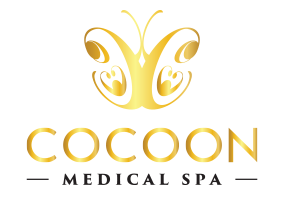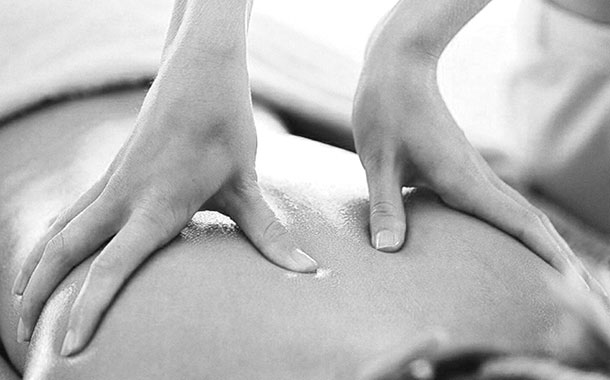Let’s Dive Deep In Deep Tissue Massage
The history of massage itself goes back to the ancient Greeks and Egyptians who first discovered the power of this healing technique. The formal history of deep tissue massage dates the mid-1800s when it was established by Canadian physicians. The very first deep tissue massage clinic was then opened in 1949 by a Canadian doctor, named Therese Phimmer. Her book, Muscles – Your Invisible Bonds became the real cornerstone of the treatment and served as the first formal guide for deep tissue massage therapists. Phimmer says she used this exact treatment on a daily basis to cure paralysis in her legs. Her personal experiences and success were what inspired to open her own clinic.
How is it applied?
Phimmer found the most effective to use slow, long strokes to work stress and tension out of the body. Problem areas and knotted muscles are treated by gentle but firm pressure. The therapist can use their thumbs, fists and elbows to apply proper pressure and unlock tension that got trapped beneath the skin’s surface. Furthermore, the muscle tissue is stretched and separated, providing better blood circulation to the cells.
At first hearing, it sounds similar to Swedish massage – what is the difference?
Swedish massage has similar roots to deep tissue massage; however, the latter is designed to reach deeper than a regular Swedish massage would. Which conditions is this technique especially useful for?
This type of massage is recommended to treat tense and contracted areas, for instance, lower back stiffness, stiff neck, sore shoulders – and also for conditions like limited mobility, postural problems, chronic pain, muscle tension, fibromyalgia, osteoarthritis pain, and for quicker recovery from injuries.
Let’s get real – is it hurtful?
While firm pressure is applied, a deep tissue massage should never hurt. However, we definitely recommend to consult with your massage therapist beforehand, especially if you have a medical history. Persons with blood vessel issues, heart problems and weakened bones should ask a medical doctor whether they should seek deep tissue massage, given the pressure applied during the practice of this technique.




